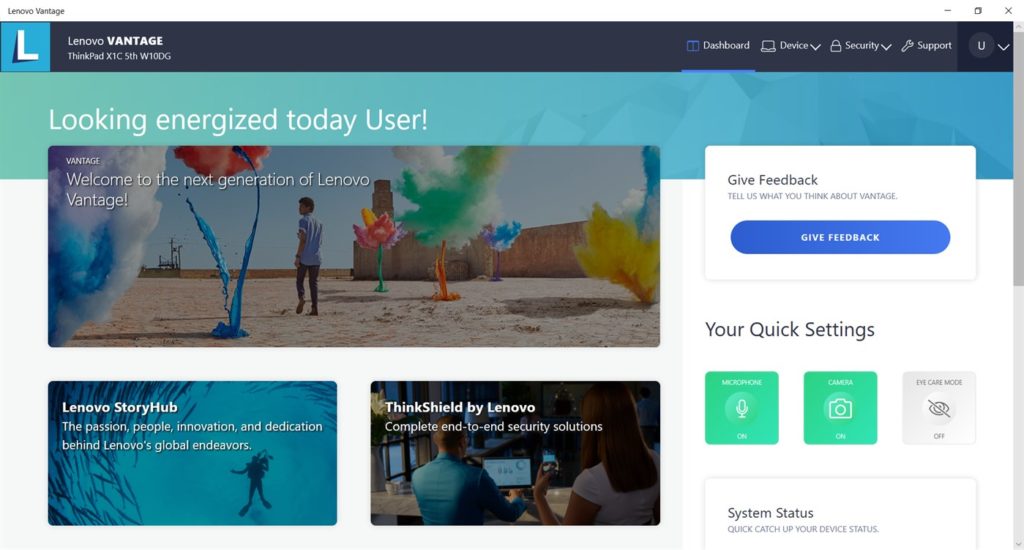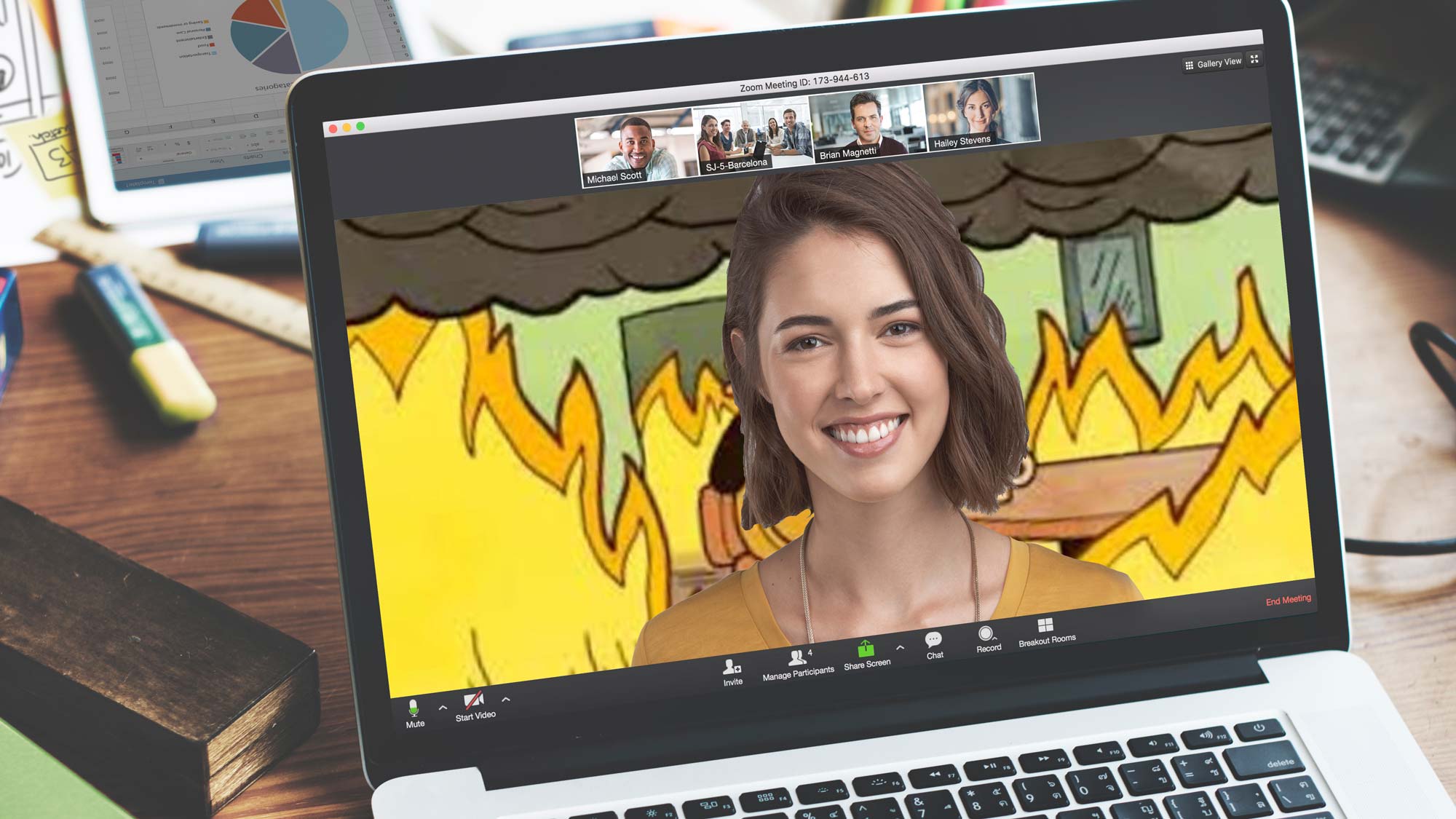

Your recording can be saved to your computer or to the Zoom recording cloud, if your plan includes Cloud Recording. Zoom: Zoom can be used as a screen recorder to capture a video of you and anything you’d like to present on your screen. We explain the differences between Zoom and Panopto’s capabilities and show you how a unified video communications ecosystem with both technologies improves productivity and the flow of critical information.Ī Detailed Comparison of Zoom and Panopto’s Video Capabilities 1. People find they can use either Zoom or Panopto to record and share presentations, lectures, and video messages, but Panopto makes it easier to do more. Put simply, Zoom is ideal for holding live virtual discussions and collaborative sessions, while Panopto is the better solution for capturing and sending one-way video communications that can be viewed live or anytime on demand.



Panopto is designed for asynchronous video communication, enabling the creation and sharing of on-demand videos and screen recordings, as well as one-to-many live streaming.In addition to sharing audio and a webcam video, meeting participants can also present live video of their screens. Zoom is a synchronous video communication tool that enables two-way conversations in real-time.Zoom and Panopto are each designed to support different types of video communications. And those core differences are what make Zoom and Panopto better together. While they do offer some of the same features, these two video technologies, Zoom and Panopto, could not be more different. The other is a YouTube-like video platform with a consumer-ready solution for hosting and sharing recorded videos you wouldn’t want to upload to YouTube. One is a video conferencing solution that has dominated the market over the last few years with its simple, easy-to-use interface and free baseline plan. Two of these technologies, in particular, are essential communications tools used by thousands of academic institutions and enterprise businesses worldwide. In the post-pandemic digital world we live in where remote working and learning is second nature, video communications technologies offer a virtual alternative to exceedingly rare and valuable face-to-face interactions.


 0 kommentar(er)
0 kommentar(er)
